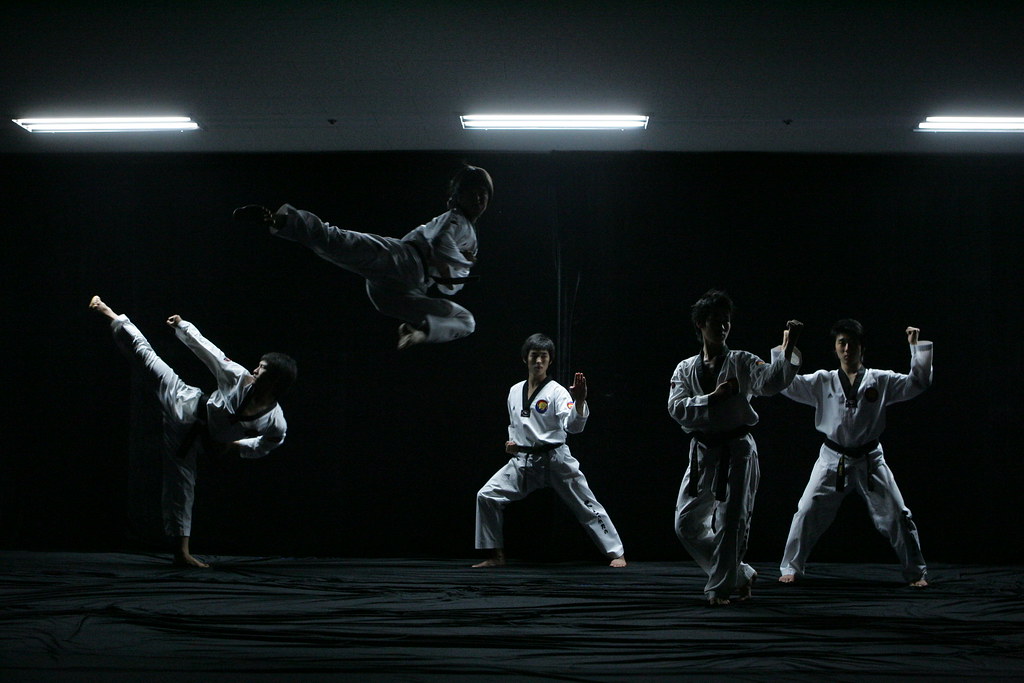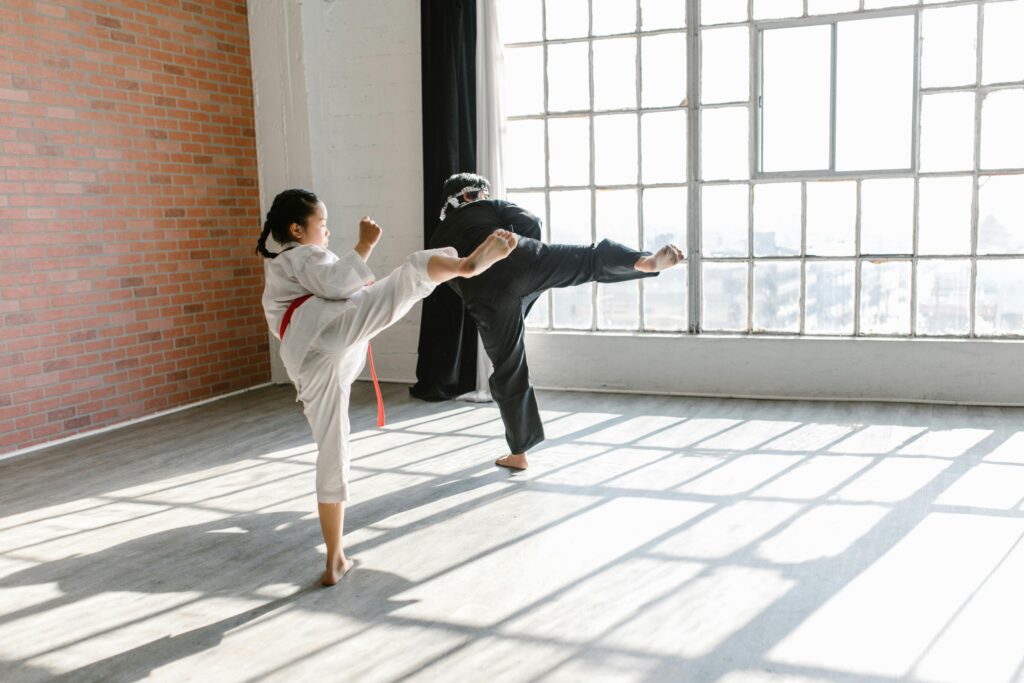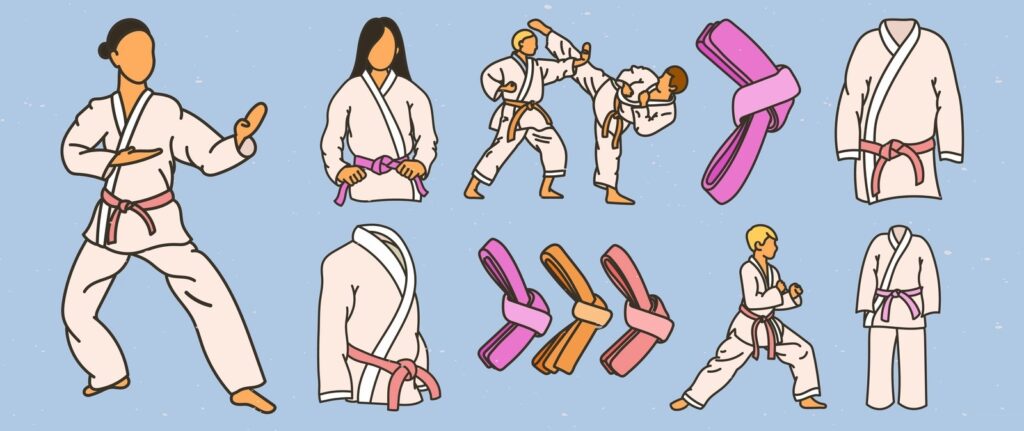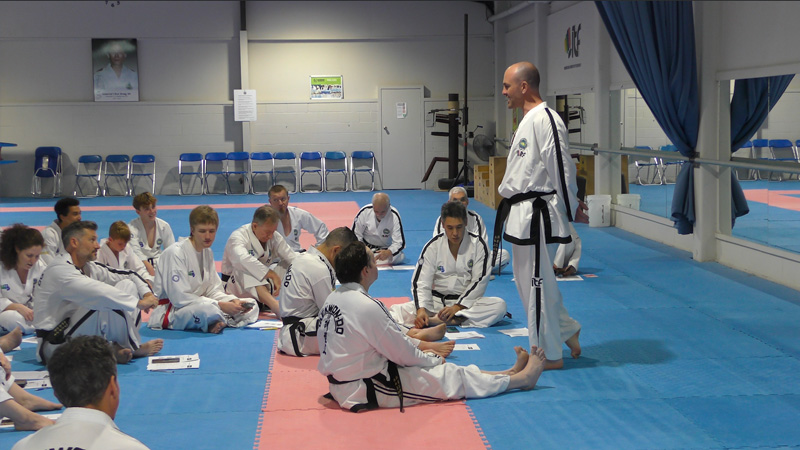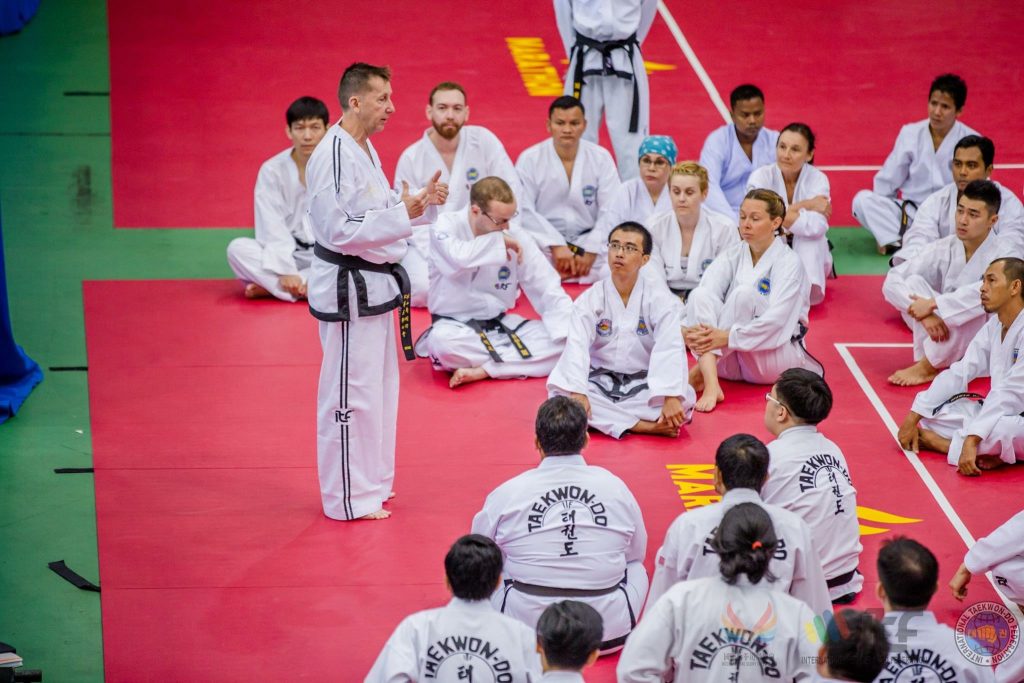The History of Taekwondo: From Korea to the World — 15 Insights into the Art’s Global Journey
The History of Taekwondo: From Korea to the World — 15 Insights into the Art’s Global Journey
If you’ve ever stood barefoot on a mat, bowed toward your instructor, and shouted a powerful “Kihap!” before your first kick, you’ve felt a small piece of Taekwondo’s long and proud history.
But where did this martial art begin? What shaped it into the Olympic sport and global discipline we know today?
At TKD Coaching, we believe that to understand Taekwondo, you must travel back to its roots — through ancient Korea, wartime influence, and the unbreakable spirit that carried this art from a nation’s heart to every corner of the world.
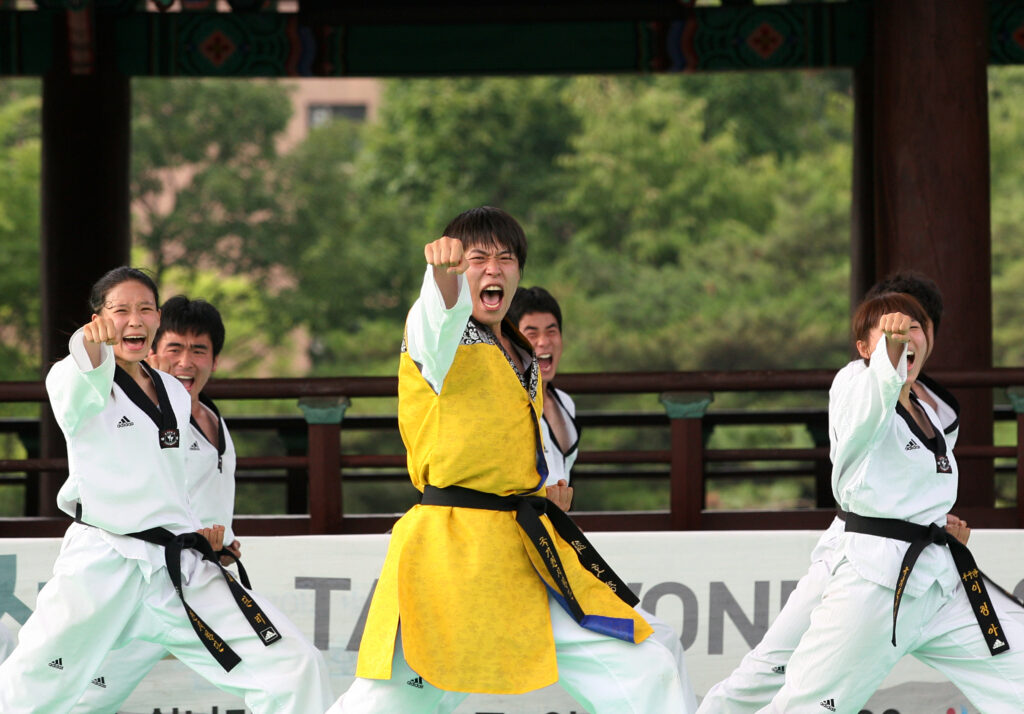
1. What Is Taekwondo? Understanding Its Meaning
Taekwondo (태권도) is more than just a martial art — it’s a philosophy, a way of living.
The word itself carries deep meaning:
- Tae (태) — foot or to strike with the foot
- Kwon (권) — fist or to strike with the hand
- Do (도) — the way, the discipline, or the path of life
So, when people ask “What does Taekwondo mean?” — the answer is “The way of the foot and the fist.”
This idea captures balance: the harmony between strength and control, action and thought.
In Korean, Taekwondo is pronounced teh-kwon-doh (태권도). While many say “tay-kwan-do,” the softer Korean sound reflects its cultural tone. Understanding the correct Taekwondo pronunciation is a small way to honor its roots.
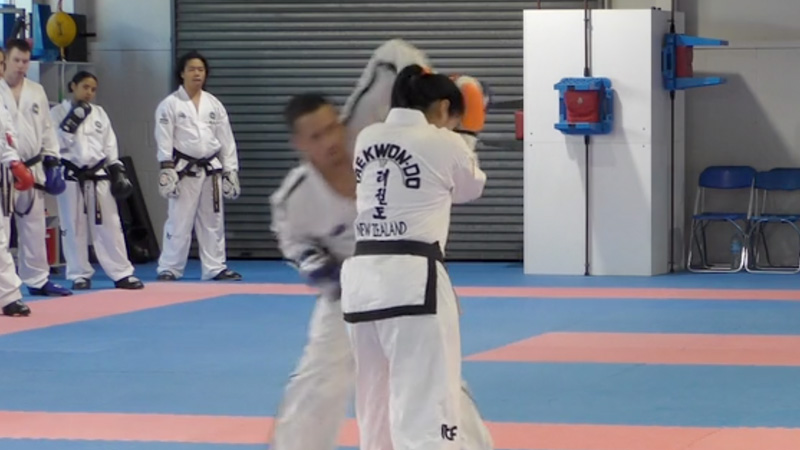
2. Is Taekwondo Korean or Japanese? Setting the Record Straight
Let’s clear this up right away:
👉 Taekwondo is a Korean martial art.
Its origins are deeply tied to Korean history and culture — though, like many arts, it evolved through contact with others. During the Japanese occupation of Korea (1910–1945), many Koreans studied Karate and other systems. After liberation, they merged those influences with native arts like Taekkyeon, Subak, and Gwonbop to form something new — something uniquely Korean.
By 1955, a group of masters agreed on one name: Taekwondo. This was more than just a martial decision; it was a symbol of national identity and pride.
So while you might see similarities between Karate and Taekwondo, the difference is clear.
- Karate is Japanese and focuses on hand strikes.
- Taekwondo is Korean and celebrates high, dynamic kicks and fast movement.
Today, both coexist with respect, but Taekwondo’s heart beats in Korea.
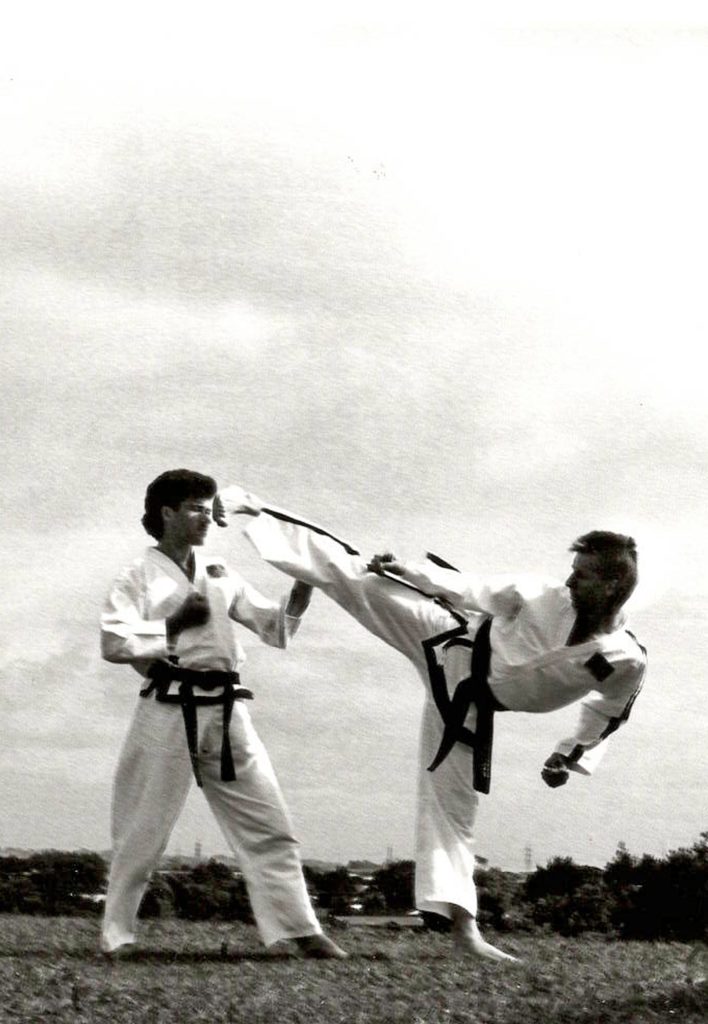
3. Ancient Korean Roots: Taekkyeon, Subak, and Gwonbop
Long before the modern Taekwondo uniform or belts, Korea had its own fighting traditions.
Taekkyeon used flowing, dance-like movements with graceful yet powerful kicks. It’s still practiced today and recognized by UNESCO as an intangible cultural heritage.
Subak emphasized open-hand strikes and was part of military training in early Korean dynasties.
Gwonbop (권법), meaning “fist method,” described a variety of striking systems influenced by neighboring cultures.
When these traditions met modern training and structure, the foundation of Taekwondo was born — combining fluid Korean motion with the discipline of modern martial arts.
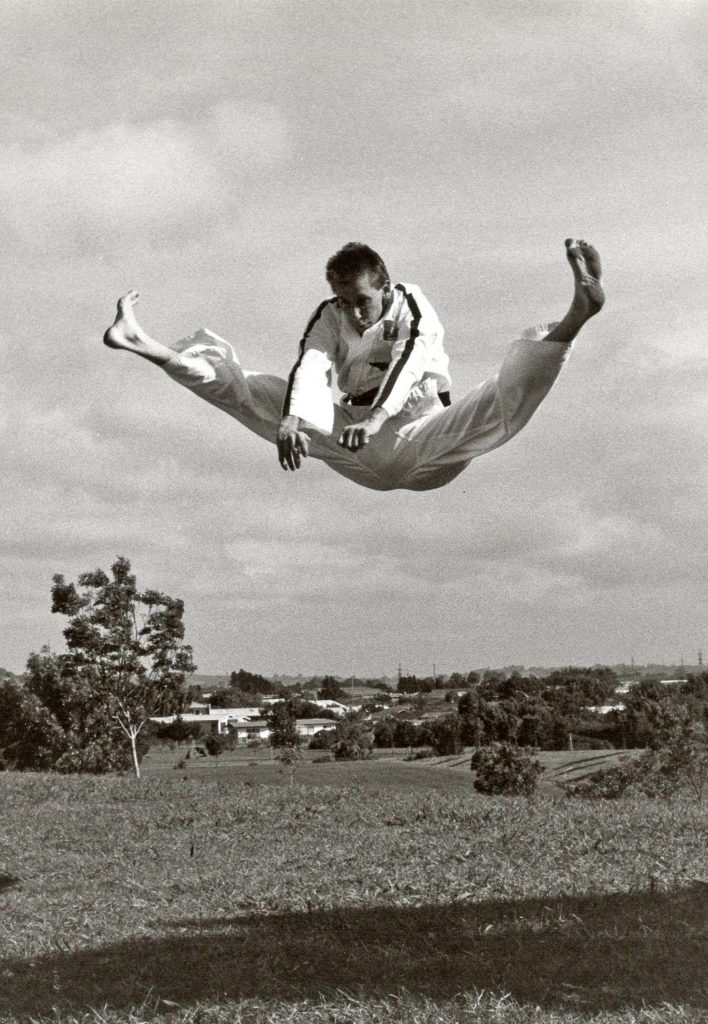
4. The Modern Birth of Taekwondo
After Korea regained independence, several martial schools (kwans) were founded — each with slightly different techniques and philosophies.
Among them were Chung Do Kwan, Moo Duk Kwan, Song Moo Kwan, and others.
In 1955, General Choi Hong Hi proposed the unifying name Taekwondo.
From there, Taekwondo spread rapidly.
The Kukkiwon (World Taekwondo Headquarters) was established in Seoul, and the World Taekwondo Federation (WT) became the sport’s official global body.
Later, Taekwondo joined the Olympic Games, marking its arrival as a global phenomenon.
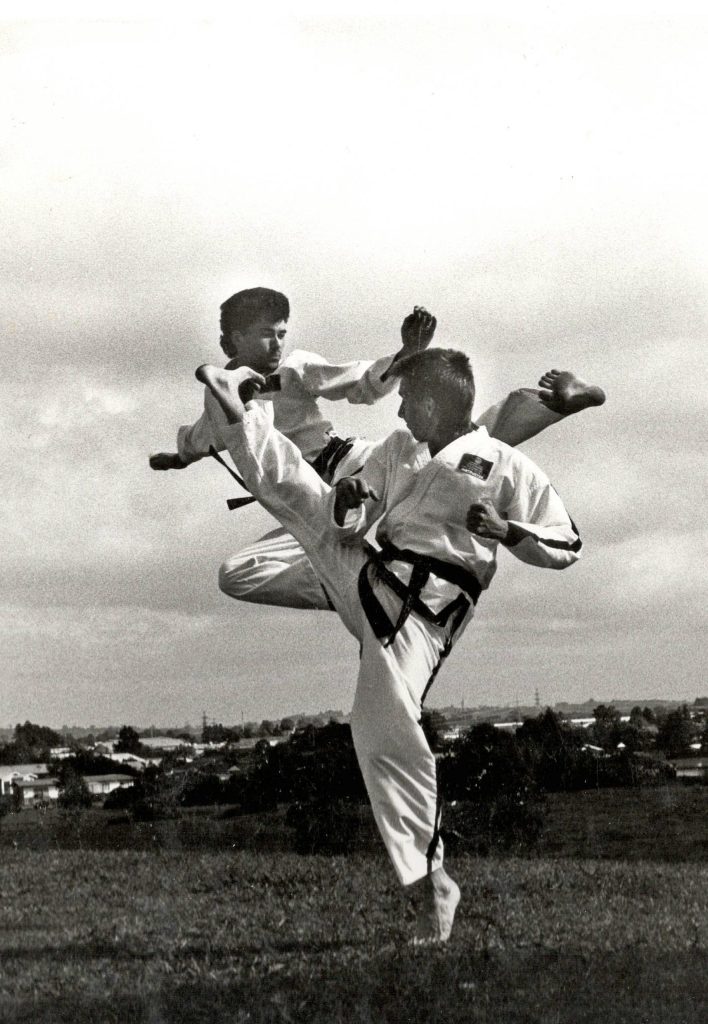
5. Songahm Taekwondo and Other Modern Styles
As Taekwondo expanded beyond Korea, new organizations and systems formed.
One major branch is Songahm Taekwondo, developed by the American Taekwondo Association (ATA). This style is structured, family-oriented, and emphasizes character development alongside skill.
Other popular organizations include:
- WT (World Taekwondo) — Olympic-style Taekwondo
- ITF (International Taekwon-Do Federation) — founded by General Choi Hong Hi
- ATA / Songahm Taekwondo — strong focus on discipline and life skills
- Traditional / Kukkiwon Taekwondo — based in Korea
Schools like World Taekwondo Center, All Pro Taekwondo, Polaris Taekwondo, White Tiger Taekwondo, Roar Taekwondo, and Master Kim’s Taekwondo follow these traditions worldwide.
Each system may teach different forms, but all share the same foundation — respect, discipline, and the continuous pursuit of self-improvement.
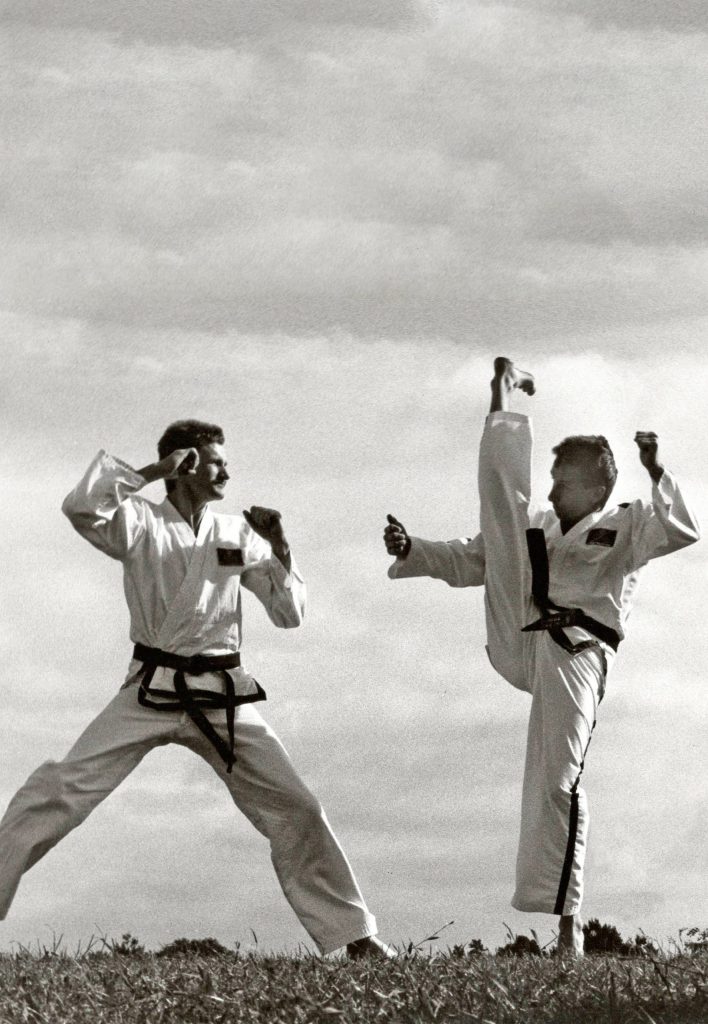
6. The Meaning of Rank: From White Belt to Black Belt
Every student begins their journey with the white belt — a symbol of innocence and the beginning of learning.
As they progress through colors, each rank represents growth.
A Taekwondo belt holder proudly displays not just colors, but the story of perseverance.
By the time a student earns the black belt, they’ve mastered not only kicks and poomsae, but also patience, respect, and humility.
It’s never about fighting others — it’s about overcoming yourself.
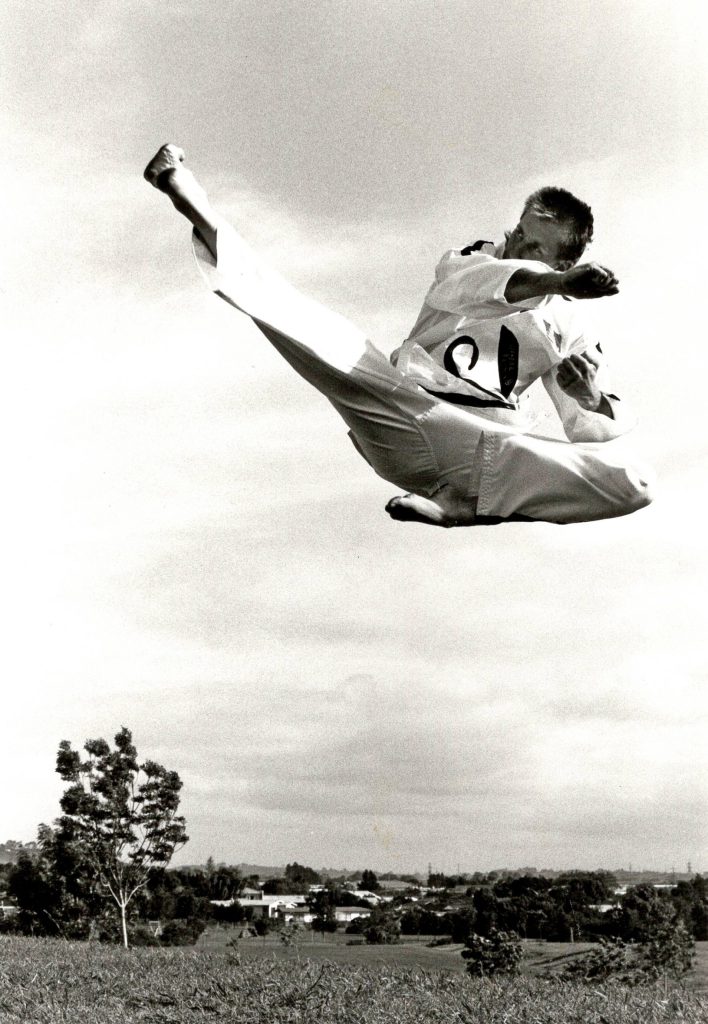
7. Taekwondo Techniques: Kicks, Poomsae, and Sparring
Taekwondo is best known for its dynamic kicks — some say it’s the art of flying feet.
Let’s explore its three technical pillars:
Kicking (Chagi)
Taekwondo kicking techniques are elegant and powerful. Some of the most famous include:
- Side Kick (Yop Chagi)
- Roundhouse Kick (Dollyo Chagi)
- Back Kick (Dwit Chagi)
- Axe Kick (Naeryo Chagi)
- Hook Kick (Huryeo Chagi)
Students learn to use speed, accuracy, and timing — not just power.
Poomsae (Forms)
Taekwondo poomsae are choreographed patterns combining blocks, strikes, and stances.
Each level has its own poomsae — from beginner forms to advanced sequences that test rhythm and control.
For instance:
- Taeguk Poomsae (World Taekwondo)
- Chang Hon Patterns (ITF)
- Songahm Forms (ATA)
Sparring (Gyeorugi)
Sparring is where all training comes alive. Students wear protective gear — helmets, chest pads, gloves, and Taekwondo shoes (Adidas) or Taekwondo Adidas shoes for comfort and grip.
They face each other not as enemies, but as partners in learning. The goal is precision, not aggression.
8. Children’s Taekwondo: Building Future Leaders
Taekwondo isn’t just for adults. Children’s Taekwondo programs are now among the most popular martial arts classes worldwide.
Why? Because it teaches much more than kicks and punches.
Kids learn:
- Focus and discipline
- Balance and coordination
- Confidence and respect
- Goal-setting through the belt system
From their first white belt Taekwondo form to performing poomsae at tournaments, young students develop resilience that carries into school and life.If you’re a parent considering lessons, visit our Help & Support page or FAQ for guidance on choosing the right class.
9. Famous Faces and Global Influence
Taekwondo’s spirit has inspired countless people across generations.
Athletes like Jade Jones (Olympic gold medalist) and even celebrities like Joe Rogan, who trained in Taekwondo before his MMA career, have helped bring the art into mainstream culture.
From IYA Taekwondo Sacramento to Stevens Family Taekwondo, Northeast Taekwondo, USTA Taekwondo Academy, and Young Brothers TKD, thousands of schools carry forward Taekwondo’s values worldwide.
At TKD Coaching, we proudly celebrate this global community — generations of students, families, and instructors who continue to share the way of Taekwondo.
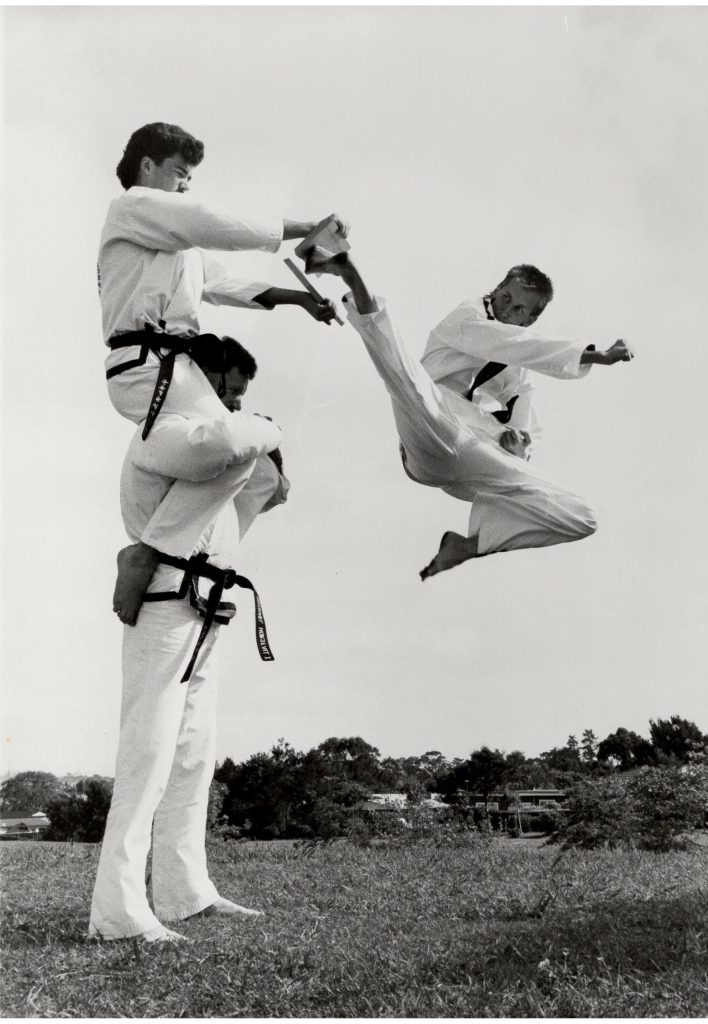
10. Taekwondo vs. Karate — and Beyond
It’s natural to compare Taekwondo vs Karate.
While both emphasize discipline and striking, there are distinct differences:
| Aspect | Taekwondo | Karate |
| Origin | Korea | Japan |
| Focus | Kicking | Hand strikes |
| Movement | Fluid and fast | Sharp and linear |
| Olympic Sport | Yes | No |
You can also compare Hapkido vs Taekwondo — where Hapkido uses throws and locks, Taekwondo focuses on speed and dynamic kicking.
Each martial art has its beauty, but Taekwondo stands out for its philosophy of peace through strength and self-control.
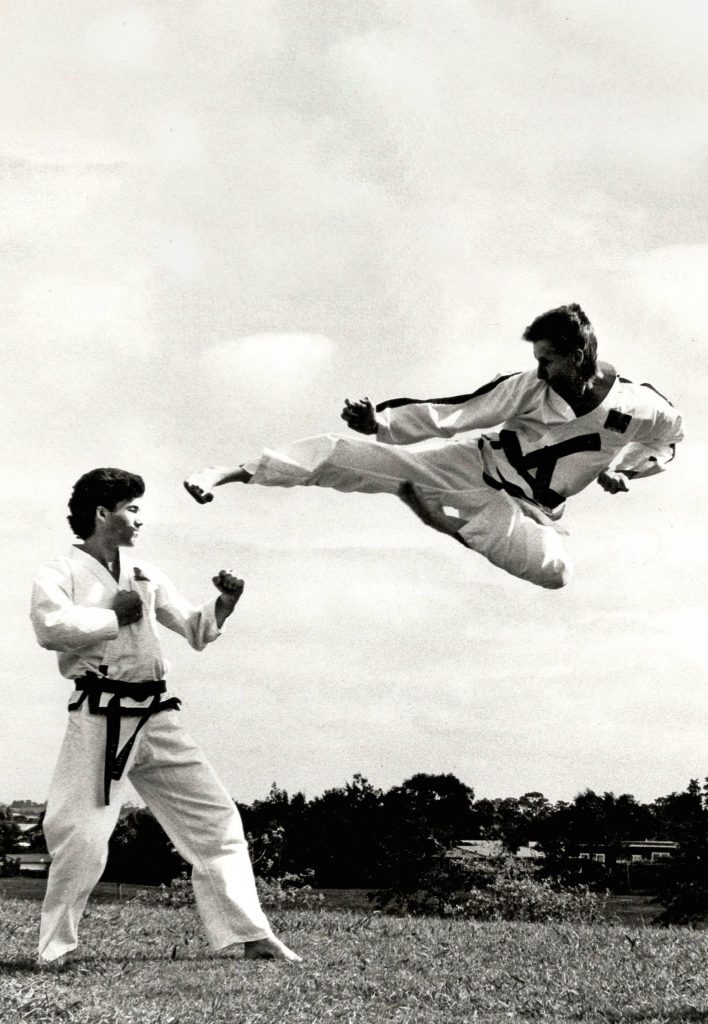
11. Gear, Uniform, and Symbols of Pride
Training in Taekwondo means wearing the right Taekwondo outfit (dobok) — a simple white uniform symbolizing equality and purity.
Every part has meaning:
- Belt (Ti) — your rank and progress
- Logo or patch — your school identity
- Taekwondo shoes (Adidas or Mei) — protect your feet during sparring
- Helmet and pads — safety during competition
You can explore our Shop for recommended Taekwondo equipment, including uniforms, belts, and training gear.Displaying your achievements on a Taekwondo belt holder or decorating your space with Taekwondo wallpaper, images, or silhouette art is a reminder of how far you’ve come.
12. Training, Fitness, and the Taekwondo Lifestyle
Taekwondo is not just practice — it’s a way of life.
Through Taekwondo training, students develop agility, flexibility, and mental focus. Whether it’s Taekwondo workout drills, kick pad practice, or forms training, every session strengthens body and mind.
Adults join TKD for adults programs for fitness and stress relief. Teens gain confidence through teens Taekwondo lessons.
It’s more than exercise — it’s discipline, respect, and continuous growth.
13. Choosing the Right Taekwondo School
If you’re starting your journey, visit a few dojangs (schools). Observe the instructors, meet the students, and feel the energy.
Schools like Forney Taekwondo Center, Rock Creek Taekwondo, Pro Taekwondo, JYS Taekwondo, and Aregis Taekwondo all bring unique approaches, but the best share one value — respect.
Before enrolling, review Our Expert Coaches and learn more About Us.
If you want to train on the go, try Our App. For premium online lessons, check our Premium Membership.
Every path begins with one bow.
14. The Global Spirit of Taekwondo
From Taekwondo Los Angeles to small hometown dojangs like Forney Taekwondo or Killearn Lakes Taekwondo, the art continues to thrive.
Across countries and cultures, Taekwondo connects millions — through tournaments, shared respect, and lifelong friendships.
It’s not just a Korean martial art; it’s a global family — united by the rhythm of Taekwondo kicks, the discipline of poomsae, and the calm of a respectful bow.For inspiring tutorials and real-time demonstrations, visit our official YouTube Channel.
Conclusion: The Way Continues
From the courtyards of ancient Korea to modern Olympic arenas, Taekwondo’s journey reflects one thing: the power of human spirit.
It teaches us that strength comes with kindness, power with respect, and progress through perseverance.
Whether you’re a beginner tying your white belt, a parent exploring children’s Taekwondo, or a black belt mastering advanced poomsae, you are part of a living tradition — one that connects generations.
So keep training, keep learning, and keep walking the way of the foot and the fist.
For questions, visit our Help & Support, FAQ, or Contact Us.
Taekwondo is not just history — it’s a journey that never ends.

